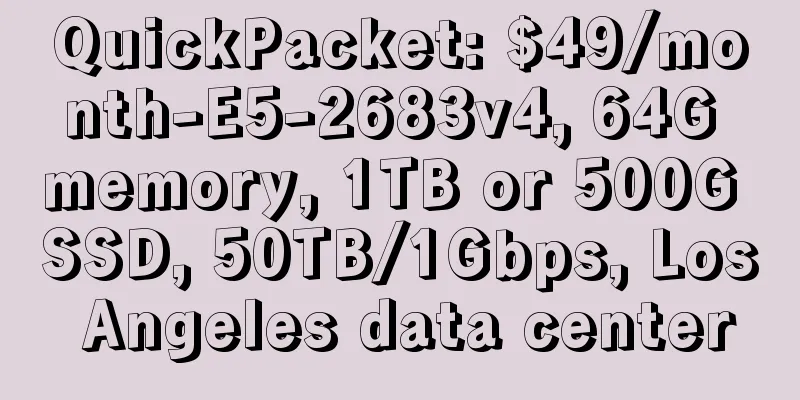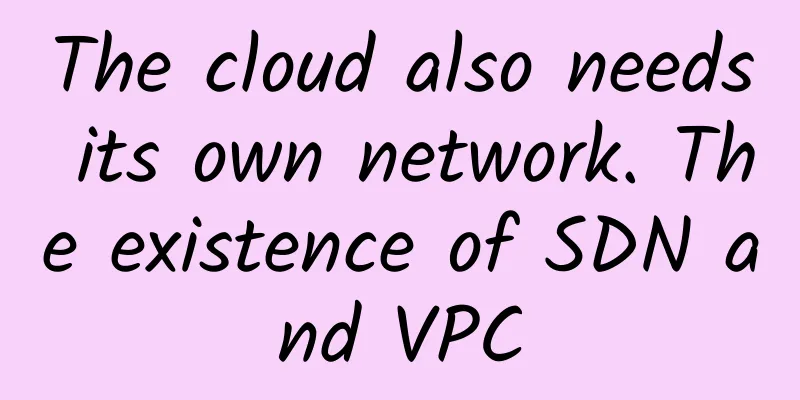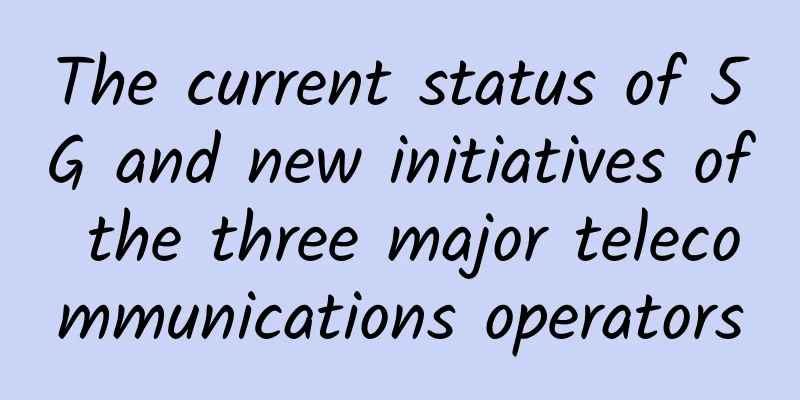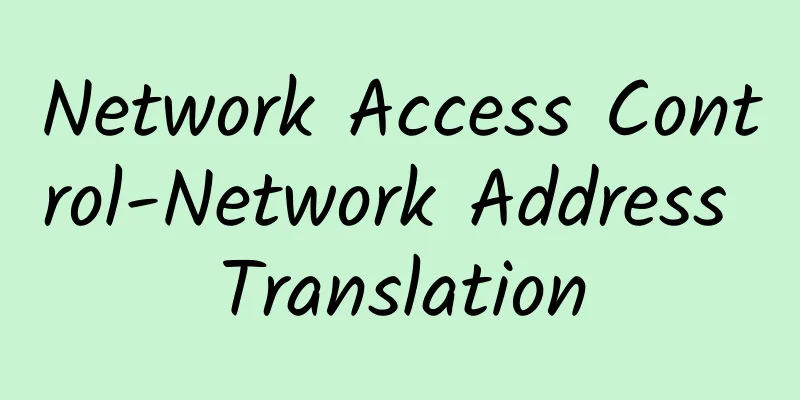Basic concepts and development prospects of Bluetooth Mesh protocol

|
Each device node in the Mesh network can send and receive information. As long as one device is connected to the gateway, the information can be relayed between nodes, allowing the message to be transmitted farther than the normal transmission distance of radio waves. In this way, the Mesh network can be distributed in manufacturing plants, office buildings, shopping malls, business parks and wider scenarios, providing a more stable control solution for lighting equipment, industrial automation equipment, security cameras, smoke detectors and environmental sensors. Part 01. Development History Bluetooth technology began as a solution created by Ericsson in 1994 to study low-power, low-cost wireless communication between mobile phones and other accessories. The inventor hopes to create a set of unified rules (standardized protocols) for wireless communication between devices to solve the communication problems of incompatible mobile electronic devices between users, and to replace the RS-232 serial communication standard. On May 20, 1998, Ericsson, together with five well-known manufacturers including IBM, Intel, Nokia and Toshiba, established the Special Interest Group (SIG), the predecessor of the Bluetooth Technology Alliance, with the goal of developing a low-cost, high-efficiency Bluetooth technology standard that can be connected wirelessly over short distances. That year, Bluetooth launched the 0.7 specification, which supports the Baseband and LMP (Link Manager Protocol) communication protocols. Bluetooth version 1.0 appeared in 1999, but it was not until version 1.2 was launched in 2003 that the basic requirements for functions such as wireless voice and audio transmission were met. The Bluetooth 2.0 version launched in 2004 and the 2.1 version launched in 2007 increased the Bluetooth transmission rate to 3Mbit/s and improved the pairing experience of Bluetooth devices. Bluetooth 3.0, released in 2009, added the High Speed function, which increases the transmission rate to 24Mbit/s. However, this function has a narrow application scope and has only appeared on computers. In 2010, Bluetooth 4.0 was released, adding Bluetooth Low Energy technology. Bluetooth entered the Internet of Things products. In 2016, the Bluetooth 5.0 protocol was released, which has faster and longer transmission capabilities in low-power mode. The upper speed limit reaches 2Mbit/s, and the effective transmission distance can theoretically reach 300m. The Bluetooth Mesh 1.0 protocol was released in 2017. Through this protocol, Bluetooth officially entered the field of the Internet of Things. Part 02: Development Prospects Advantages of Bluetooth Mesh: 1. Low chip cost. Almost everyone has a smartphone with Bluetooth, which is widely used. Low power consumption in low power mode, can be powered by batteries. 2. The network capacity is large, and theoretically can support 60,000 devices connected to the network. Stable protocol stack and smart phone control in popular OS implementations (Android, Linux) have great potential in the future. Currently, Xiaomi, as a major domestic smart home manufacturer, is currently promoting the Bluetooth Mesh protocol and continuously launching smart home products with the Bluetooth Mesh protocol. It also clearly stated in the development documents that it will no longer promote the ZigBee access solution. Alibaba, as the chairman of the SIG International Bluetooth Organization Smart Home Special Group, continues to promote the implementation of Bluetooth Mesh protocols in various fields such as smart lighting electrical appliances and large and small home appliances. Tmall Genie AI smart speakers are also actively promoting the access of Bluetooth Mesh devices, and Alibaba has also launched the Pingtouge Bluetooth Mesh chip. Foreign technology giants such as Amazon, Google, and Apple are also actively investing in the Bluetooth Mesh ecosystem. So far, five of the top six smart speakers in the world have built-in Bluetooth Mesh gateway functions. Part 03: Basic Concepts - Broadcast and Flooding Bluetooth Mesh technology is based on low-power Bluetooth broadcast messages. This is a message delivery mechanism based on flooding. When a node needs to send a message to another node, it broadcasts a message, and all nodes that receive the message receive and forward the message to ensure that the target node can receive the message. - Nodes and Devices In a Bluetooth Mesh network, we usually call devices that have not yet joined the Bluetooth Mesh network unprovisioned devices. After an unprovisioned device joins a Bluetooth Mesh network, it is called a node. The process of adding an unconnected device to a Bluetooth Mesh network and turning it into a node is called provisioning. In a Bluetooth Mesh network, a provisioner is usually used to provision an unconnected device and turn it into a node in the Bluetooth Mesh network. Some nodes play different roles, showing the following four node features:
Power-constrained nodes may take advantage of the low-power feature to reduce radio on-time and save power. Low-power nodes (LPNs) can also work in conjunction with Friend nodes.
Nodes with unlimited power are good candidates for being Friend nodes. Friend nodes can store messages and security updates sent to low-power nodes (LPNs);
Relay nodes can receive and forward messages, and by relaying messages between nodes, a larger network can be realized. Whether a node can have this feature depends on its power supply and computing power.
The proxy node can send and receive Mesh messages between GATT and Bluetooth Mesh nodes. The node that plays this role requires fixed power and computing resources. - Elements A node is composed of elements. A node must contain at least one primary element, and can also contain multiple elements. The number and structure of elements contained in each node are fixed. Each element has its own address. The unicast address of the primary element is issued by the network distributor during the network configuration process, and the addresses of the remaining elements in the node increase sequentially. - state State is used to represent a specific condition of an element in a node. The state of an element is accessed through a client-server mechanism. For example, an element in a node (such as a socket) has a switch server of a universal switch model to represent the switch state of the element; an element in another node (such as a switch button) has a switch client of a universal switch model, so that the switch client on the switch button can send messages defined by the switch model to access or control the switch state of the switch server on the socket. - information The communication between Bluetooth Mesh network nodes is achieved through messages. Each state is associated with a series of messages. The client will send these messages to the server to read or set the state of the server. The server will also send messages to notify the clients of other nodes when the state changes. The message definition of Bluetooth Mesh includes the message format and the message interaction mechanism. The message format consists of an operation code and related parameters. Messages are divided into those that require a reply and those that do not require a reply. - Model The model defines the basic functions of a node, including the status and operation status messages and other behaviors required to implement this function. A node can contain multiple models. In the Bluetooth Mesh model, the client-server architecture is used for communication. Therefore, the applications in the Bluetooth Mesh network are also defined as these three models: server model, client model and control model. - Publish and Subscribe In a Bluetooth Mesh network, nodes can publish messages to unicast addresses, multicast addresses, and virtual addresses when needed, and other nodes can obtain these messages by subscribing to these addresses. For example, the lamps in the living room can subscribe to the multicast address of the living room. - Network configuration process 1) Unprovisioned devices broadcast their presence. 2) Establish a link between the unprovisioned device and the network provisioner. 3) Securely establish a shared key for later transmission of distribution network data. 4) Use OOB information to authenticate whether unprovisioned devices can join the Bluetooth Mesh network. 5) Encrypted transmission of network distribution data. |
<<: Energy-saving building 5G solutions are the key to green buildings
Recommend
Ethernet cables: A billion-dollar market, but growth will be hampered
[[177568]] Allied Market Research forecasts that ...
2G network withdrawal has 200 million potential users, elderly mobile phones have pain points and no market
[[343834]] I have tried According to statistics f...
Port security technology: Where is your network defense line?
Port Security Technology Background The enterpris...
CUBECLOUD Anniversary 30% off Lite Series/15% off Pro Series, available in CN2 GIA Hong Kong/CN2 GIA Los Angeles
CUBECLOUD is currently holding an anniversary eve...
Why do enterprises need a dedicated core network?
Just a few years ago, a global mobile private net...
If you are in the communications industry, you will be out if you don’t understand these nine 5G issues
China's 5G era has arrived as promised! The f...
Why use Wi-Fi 6 when building wireless networks in universities?
Mobile campus network of colleges and universitie...
HostDare: 35% off KVM in Los Angeles, starting at $25.99/year
HostDare is a foreign VPS hosting company founded...
With another 600,000 base stations added in 2021, will the number of 5G users increase dramatically?
As we all know, my country's operators have b...
RackNerd: $18.88/year-AMD Ryzen7950X/1.2GB/25GB/2.5TB@1Gbps/San Jose data center
RackNerd's New Year 2024 (AMD Ryzen 7950X ser...
IBM acquires Red Hat. Will it be its rival, Google or Huawei? Let's wait and see.
Recently, IBM completed the acquisition of all is...
The latest report of "5G Snapshot: China": Understand China's 5G development layout in one article
[[328614]] The global economy has been put on hol...
Ruijie held the 2019 Co-construction Partner Conference, "Channel Co-construction" towards a new journey of win-win
From November 8 to 10, the 2019 National Co-const...
OneTechCloud: 20% off on all VPS monthly payments starting from 22 yuan/month, Hong Kong CN2&CMI/US CN2 GIA&9929/High Defense optional
OneTechCloud (Yikeyun) offers a 20% discount code...
When developing online documents, have you solved this technical difficulty?
"Times make heroes" is an eternal truth...








![[6.18] UFOVPS 20% off, top up 200 yuan and get 10 yuan, US CN2/Japan CN2 GIA/Hong Kong CN2 GIA optional](/upload/images/67cabe6b63f72.webp)
